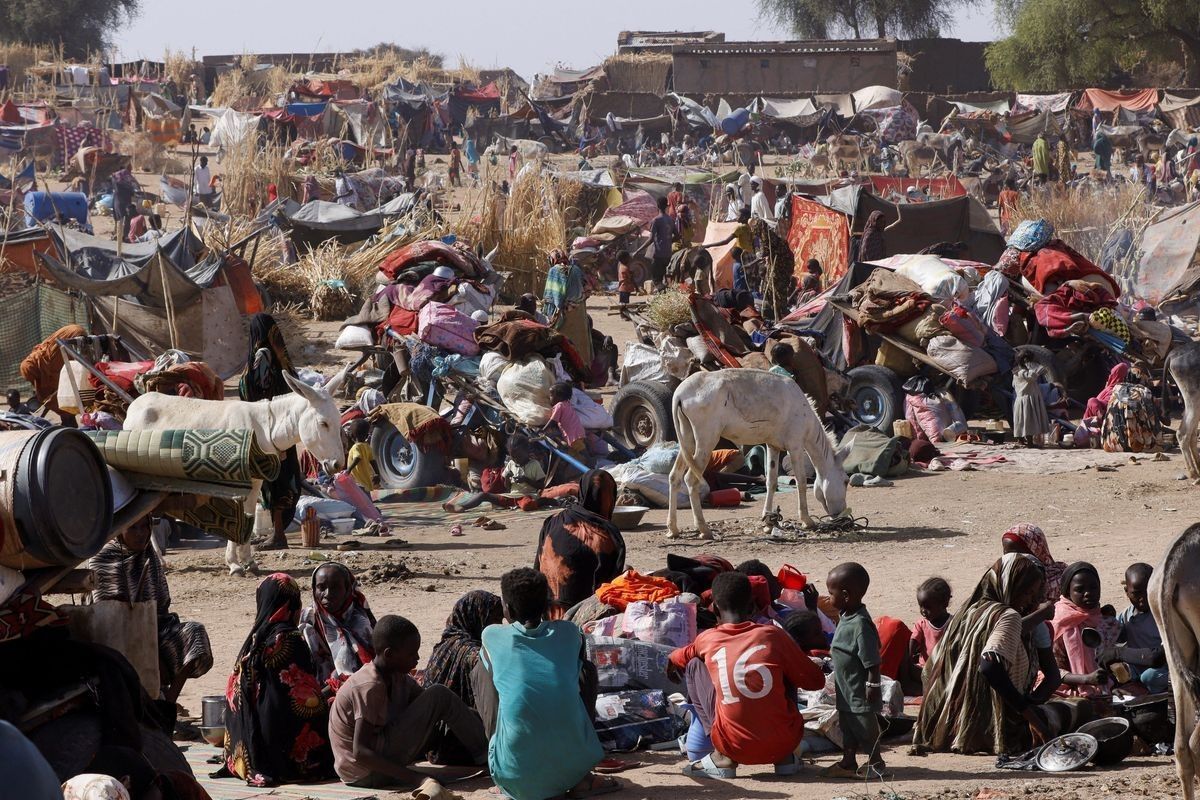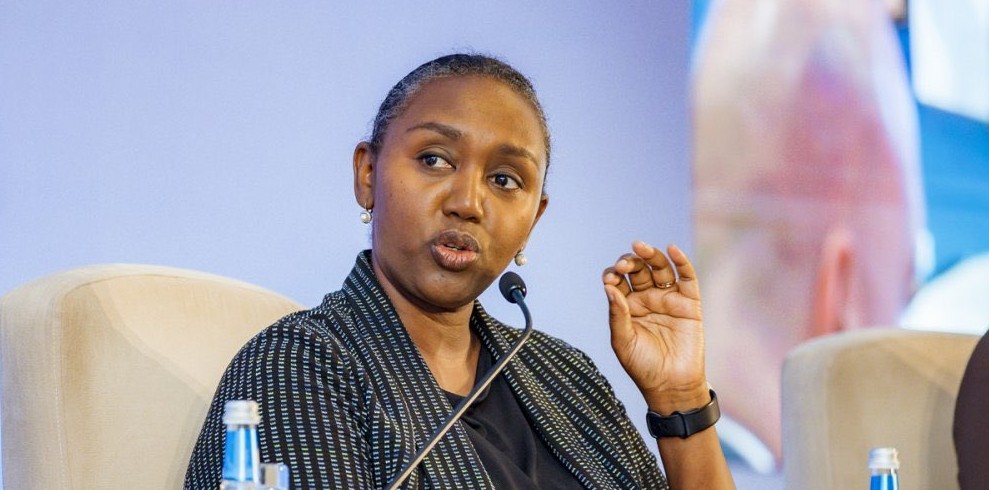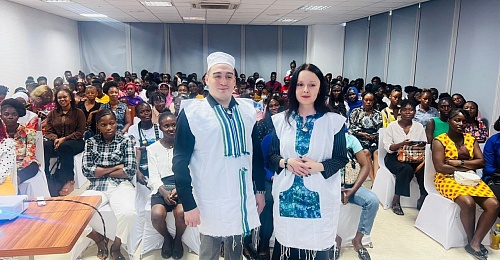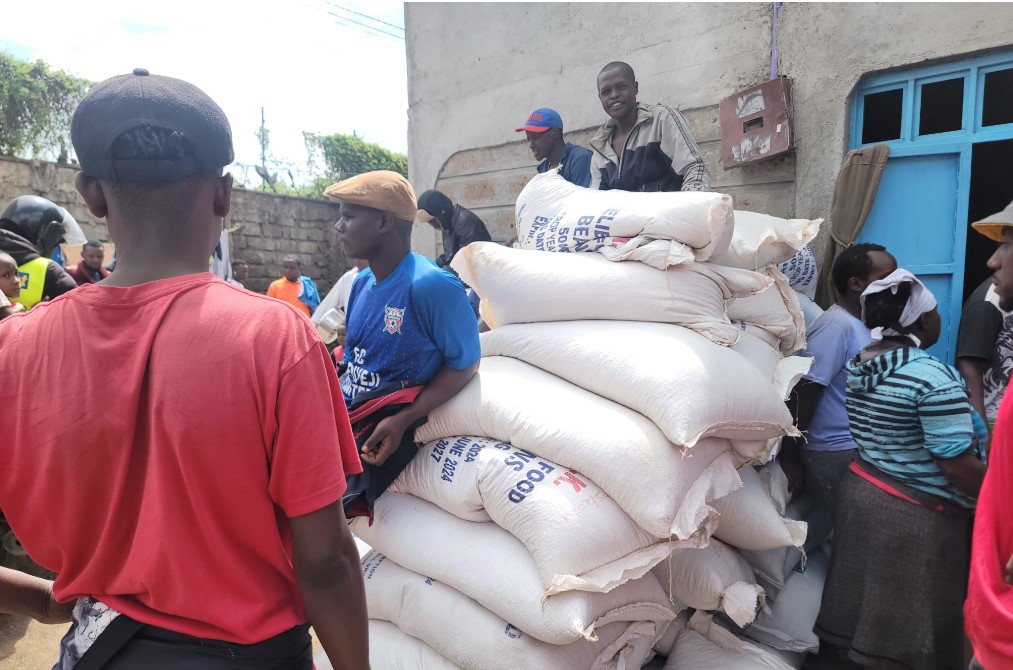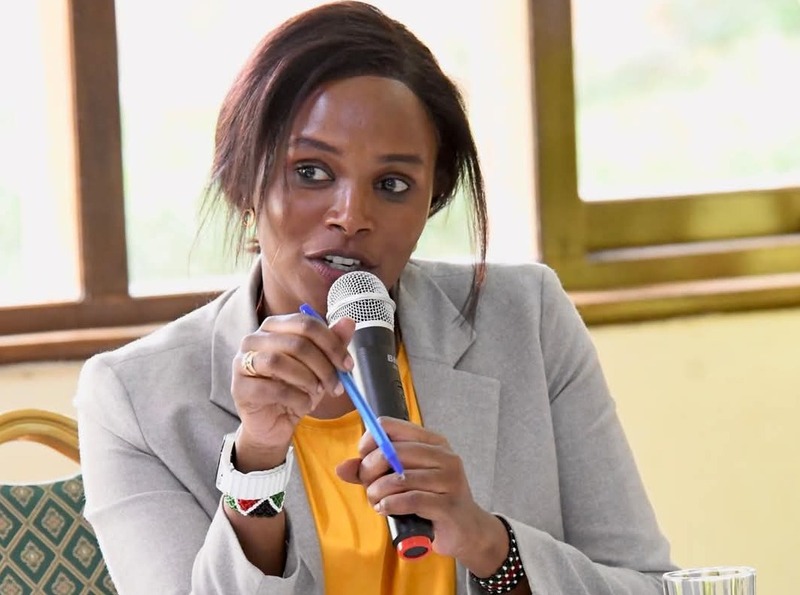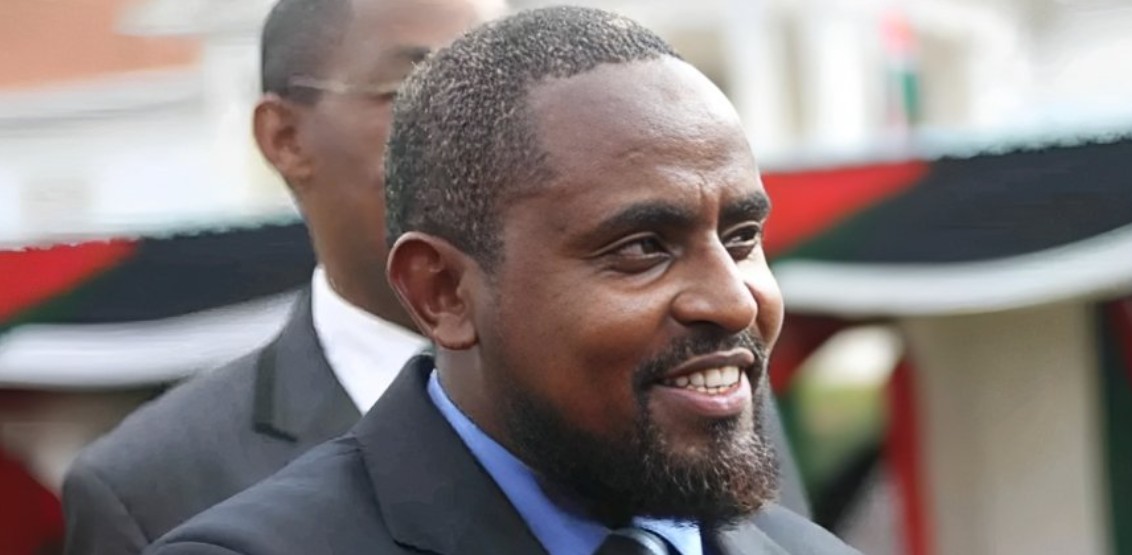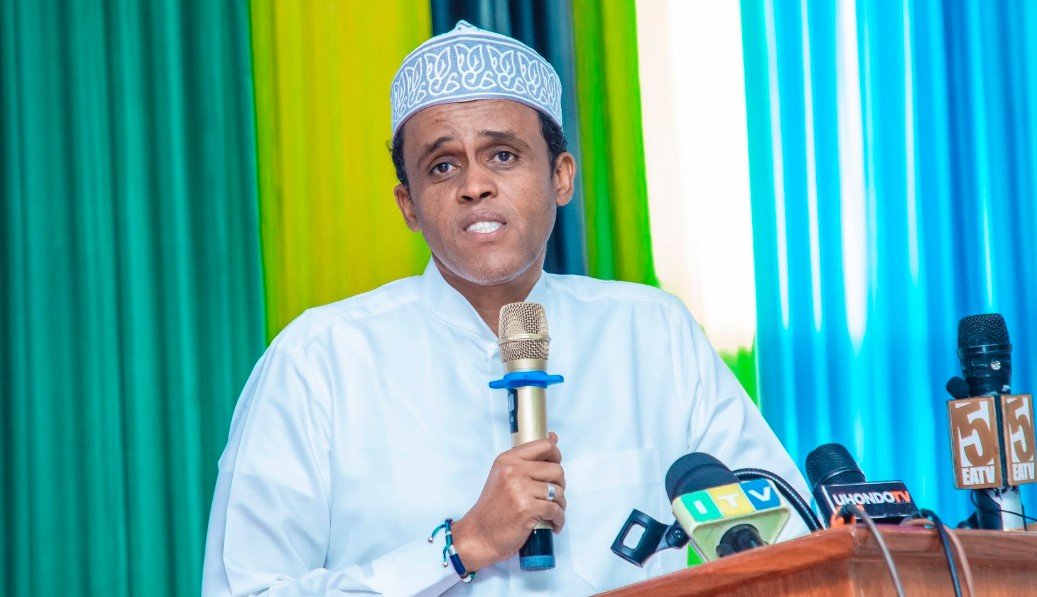Global hunger crisis deepens as 295 million face acute food insecurity as aid falls short
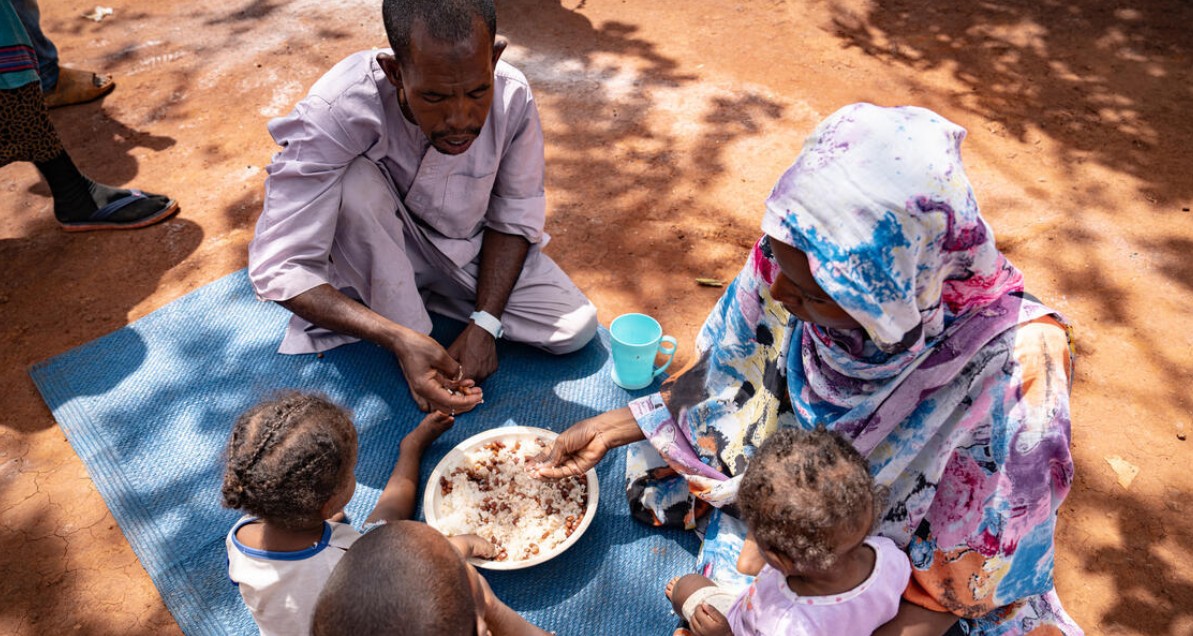
Humanitarian leaders urge urgent action and investment as hunger, malnutrition, and displacement reach record highs, threatening millions, especially children, across conflict-affected regions.Humanitarian leaders urge urgent action and investment as hunger, malnutrition, and displacement reach record highs, threatening millions, especially children, across conflict-affected regions.
The global hunger crisis worsened in 2024, with over 295 million people in 53 countries and territories experiencing acute food insecurity — an increase of nearly 14 million from the previous year, according to the Global Report on Food Crises released on Friday.
The report shows that hunger and malnutrition rose for the sixth year in a row, with 22.6 per cent of the assessed population experiencing acute food insecurity.
More To Read
- Government urged to boost investment in organic farming for sustained production
- Residents of Handanki in Wajir appeal for food and water as dry spell intensifies
- UN seeks $6 billion to ease 'appalling' suffering in Sudan
- Climate crises force millions out of school; Kenya among hardest-hit nations
- As Gaza suffers, hunger watchdog refrains from using the F word: famine
- Global hunger crisis deepens as major nations skimp on aid
The number of people facing catastrophic hunger, the most severe level, more than doubled to 1.9 million, the highest ever recorded since the report began in 2016.
Children have borne the brunt of the crisis.
Nearly 38 million children under five were acutely malnourished across 26 countries grappling with nutrition emergencies, including in Gaza, Mali, Sudan, and Yemen.
The drivers of this crisis are complex and interconnected, ranging from conflict and economic collapse to climate disasters and mass displacement.
Conflict remained the leading cause of hunger, affecting 140 million people across 20 countries.
Hardest hit
Places like Sudan, the Gaza Strip, South Sudan, Haiti, and Mali are among the hardest hit, with famine confirmed in Sudan.
Director-General of the Food and Agriculture Organisation QU Dongyu said the world is cognisant that acute food insecurity is not just a crisis, but a constant reality for millions of people, most of whom live in rural areas.
“The path forward is clear: investment in emergency agriculture is critical, not just as a response, but as the most cost-effective solution to deliver significant long-lasting impact.”
Alvaro Lario, president of the International Fund for Agricultural Development, echoed this statement.
“The report makes clear that humanitarian responses must go hand-in-hand with investments in rural development and resilience building to create long-term stability that lasts beyond emergency interventions. Rural communities, especially smallholder farmers, are central to food security, resilience, and growth. This is even more true in fragile settings,” he said.
“People who have been displaced show remarkable strength, but resilience alone can't end hunger. As food insecurity worsens and humanitarian crises become more prolonged, we need to shift from emergency aid to sustainable responses,” said Raouf Mazou, from the UN Refugee Agency.
Economic shocks
Economic shocks were another key factor in the report, pushing 59.4 million people into food crises in 15 countries.
The situation was made worse by inflation and the weakening of local currencies, particularly in Afghanistan, South Sudan, Syria, and Yemen.
Climate extremes, many linked to El Niño, forced 96 million people into food insecurity across 18 countries, especially in Southern Africa, Southern Asia, and the Horn of Africa.
Forced displacement is also on the rise, adding new pressure to already strained food systems.
Of the 128 million people forcibly displaced worldwide, nearly 95 million are living in countries facing food crises, including the Democratic Republic of Congo, Sudan, Syria, and Colombia.
“This Global Report on Food Crises is another unflinching indictment of a world dangerously off course,” said United Nations Secretary-General António Guterres.
“Long-standing crises are now being compounded by another, more recent one: the dramatic reduction in lifesaving humanitarian funding to respond to these needs. This is more than a failure of systems, it is a failure of humanity. Hunger in the 21st century is indefensible. We cannot respond to empty stomachs with empty hands and turned backs,” he said.
Funding declining
Funding for food and nutrition emergencies is falling fast, even as needs rise. The report warns that this drop in support could worsen the crisis in 2025, with many people left without the help they need to survive.
Hadja Lahbib, EU Commissioner for Equality, Preparedness and Crisis Management, pointed out that the report paints yet another stark and unacceptable picture of rising hunger.
“This is not merely a call to action, it is a moral imperative. At a time when funding cuts are straining the humanitarian system, we reaffirm our commitment to fight global hunger. We will not abandon the most vulnerable, especially in fragile and conflict-affected countries,” she said.
“We will continue to champion and defend International Humanitarian Law. Today’s challenges are greater than ever, but so is our solidarity. Now is the time to act with unity and resolve, and to prove that even in the hardest times, humanity can and will rise to the challenge,” she added.
The report calls for a bold reset in how the world tackles hunger.
It urges a shift toward locally driven food systems, long-term investment in agriculture, and stronger nutrition services, especially in rural areas, where 70 per cent of people depend on farming to live.
Catherine Russell, Executive Director of UNICEF, said the crisis is costing children their lives.
Lives hang in the balance
“In a world of plenty, there is no excuse for children to go hungry or die of malnutrition. Hunger gnaws at the stomach of a child. It gnaws, too, at their dignity, their sense of safety, and their future. How can we continue to stand by when there is more than enough food to feed every hungry child in the world? How can we ignore what is happening in front of our eyes? Millions of children’s lives hang in the balance as funding is slashed to critical nutrition services,” she added.
Axel van Trotsenburg of the World Bank emphasised the broader risk.
“The global hunger crisis threatens not just lives, but the stability and potential of entire societies. What is needed now is collective action so we can build a future free of hunger.”
Cindy McCain of the World Food Programme said agencies are being forced to make heartbreaking choices.
“Like every other humanitarian organisation, WFP is facing deep budget shortfalls which have forced drastic cuts to our food assistance programs. Millions of hungry people have lost, or will soon lose, the critical lifeline we provide. We have tried and tested solutions to hunger and food insecurity. But we need the support of our donors and partners to implement them,” she added.
As the report makes clear, the hunger crisis is not just a matter of food — it’s a test of political will, global solidarity, and shared humanity.
Top Stories Today

